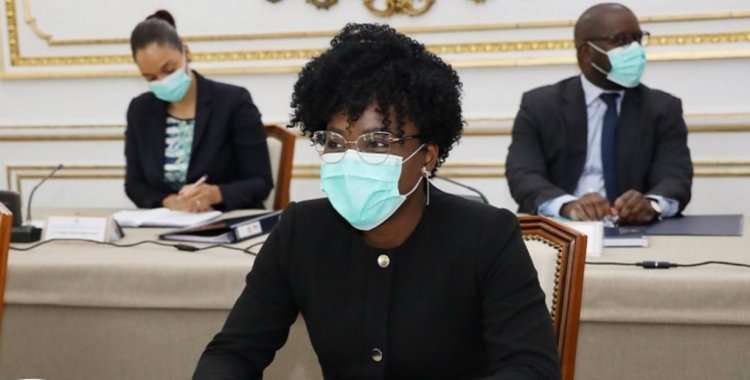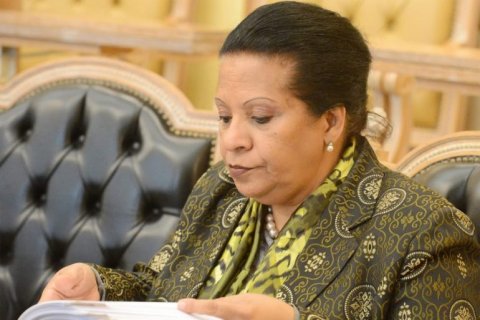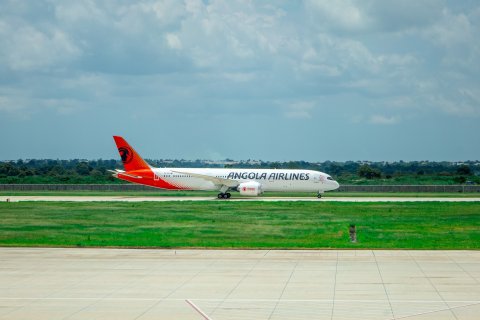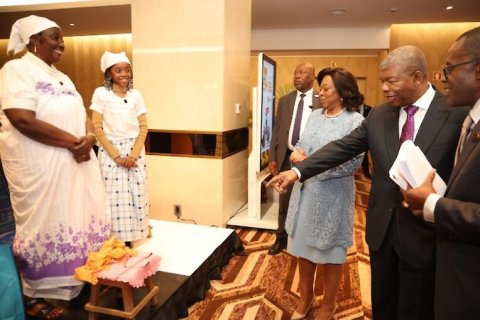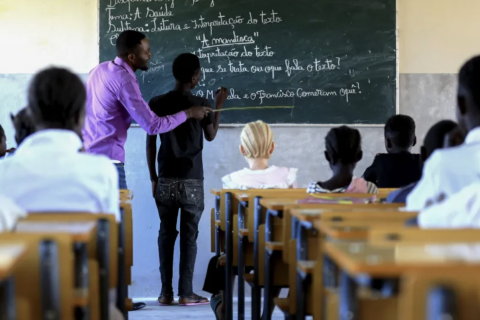Vera Daves, who was presenting the Budget Execution Report for the first quarter at the National Assembly, pointed out that the country recorded a negative growth rate, of minus 3.4 percent, compared to the same period in 2020.
"But if the comparison is between the first quarter of 2021 and the fourth quarter of 2020 we already see a positive growth rate of 0.2 percent, still very timid, it is true, but a first sign that we are starting to make the inflection curve in terms of economic growth," she said.
The minister, making the macroeconomic framework in the period under analysis, stressed that the oil reference price was 61.7 dollars per barrel, the oil production was 1.13 million barrels/day, and the accumulated inflation was 5.5 percent in the quarter, but 24.8 percent compared to the first quarter of 2020.
The Finance Minister said that net international reserves were 8.4 billion dollars, with the kwanza appreciating 4.1 percent against the dollar.
Regarding the execution of the State Budget, in terms of revenues, Vera Daves highlighted the collection, in the quarter, of total revenues of 2.1 trillion kwanzas, representing an execution of 15 percent, in relation to the total value of the budget and a reduction of 19 percent compared to the same period of the previous year.
"It is worth mentioning that of these total revenues 59 percent were current revenues and 41 percent were capital revenues. The current revenues had an execution of 16 percent and capital revenues of 13 percent," she said.
Vera Daves stressed that current revenues are understood to be those coming from oil, diamonds and social contributions, as well as other categories, namely taxes, such as the Labour Income Tax (IRT), Value Added Tax (VAT), among others.
"Capital revenues, meaning asset disposals and revenues from internal and external financing result from the State's indebtedness," she added.
As for expenditure, the country recorded total spending of about 2.58 trillion kwanzas, representing an execution of 17 percent against the total value of the OGE and an increase of 7 percent compared to the same period last year.
Of the total expenses, 40 percent corresponded to current expenses, with an execution of 13 percent, and 60 percent to capital expenses, with an execution of 22 percent.
"Current expenses are defined as compensation of personnel and employer's contributions, expenses with goods and services, and interest on debt. Capital expenditures include investments and financial capital expenditures, in the case of amortization of principal debt," explained Vera Daves.
She pointed out that the social sector topped the list, with an execution of 16 percent of the total amount committed and a share of 35 percent of total expenditure, followed by the economic sector with the second largest share of total expenditure, accounting for 26 percent, having executed about 34 percent.
The defense and security sector, third on the list, had an execution of 24 percent and a share also of 24 percent of total expenditure, followed by the general public services sector, which accounted for about 15 percent of total expenditure, with an execution of 11 percent.
On the balance sheet of the annual debt plan, the minister pointed out that for internal debt the issues totalled about 1.1 trillion kwanzas and debt servicing was 1.4 trillion kwanzas, being capital 1.2 trillion kwanzas and interest and commissions 273 billion kwanzas.
"Within the scope of the external debt, about 111 billion kwanzas were disbursed and a debt service of 325.8 billion kwanzas was verified, with 265.8 billion kwanzas in principal and 60 billion kwanzas in interest and commissions," she said.
The stock of government debt up to the first quarter of 2021 was 39.5 trillion kwanzas, of which the internal debt represented 29 percent and the external debt 71 percent.
In the period under review, the country recorded a deficit of 436.2 billion kwanzas in terms of total revenues and total expenditures.
"Fiscal balance, the difference between current revenues and current and investment expenditures, excluding financial capital expenditures, we also had a deficit balance of 227.7 billion kwanzas," the minister added.
"The good news is that, regarding the current balance, we maintained the trend of having a surplus, that is, the difference between current revenues and current expenses was a surplus in the order of 236.5 billion kwanzas, showing that current expenses were sufficient to meet current expenses," she highlighted.
The draft resolution on the appreciation of the Report and Execution of the General State Budget, for the first quarter of the year, was approved by 130 votes in favor, with 38 votes against from the National Union for the Total Independence of Angola (UNITA) parliamentary group.
The UNITA deputy, Miraldina Jamba, justified the vote against by noting, among other aspects, that in the period under analysis there was a budget deficit of 436 billion kwanzas, corresponding to a negative variation of over 100 percent, and the same was verified with the fiscal balance.
"It was noted that overall the financial execution in the period in question is in deficit, below 25 percent of what was recommended, taking into account the authorized expenditure," she said.

